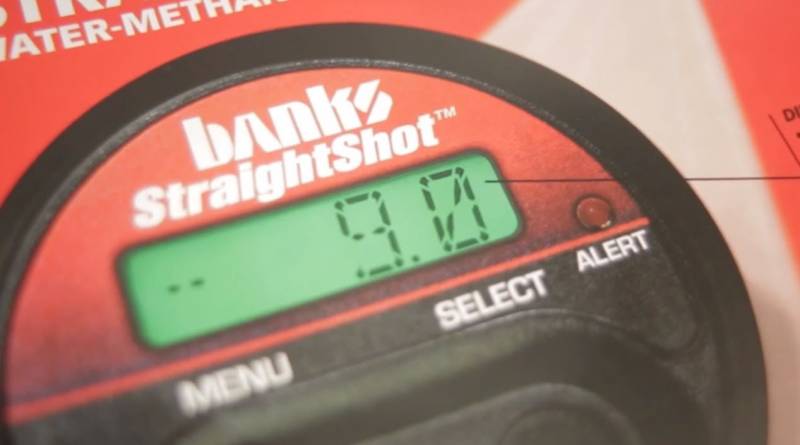
A Road Race Diesel Pickup, how wrong is That?
Banks Power Unveils High-Performance Diesel Pickup Project: The Sidewinder Type R
Gearheads, rejoice! Banks Power showcases their impressive Sidewinder Type R project, the world’s first road-racing diesel pickup. This innovative truck boasts a powerful engine exceeding 900 horsepower and a targeted top speed exceeding 205 mph, achieved through upgraded components like a quick-change rear end and a custom transmission. With its exceptional performance and cutting-edge design, the Sidewinder Type R pushes the boundaries of diesel engine capabilities, inspiring possibilities for future high-performance upgrades.









